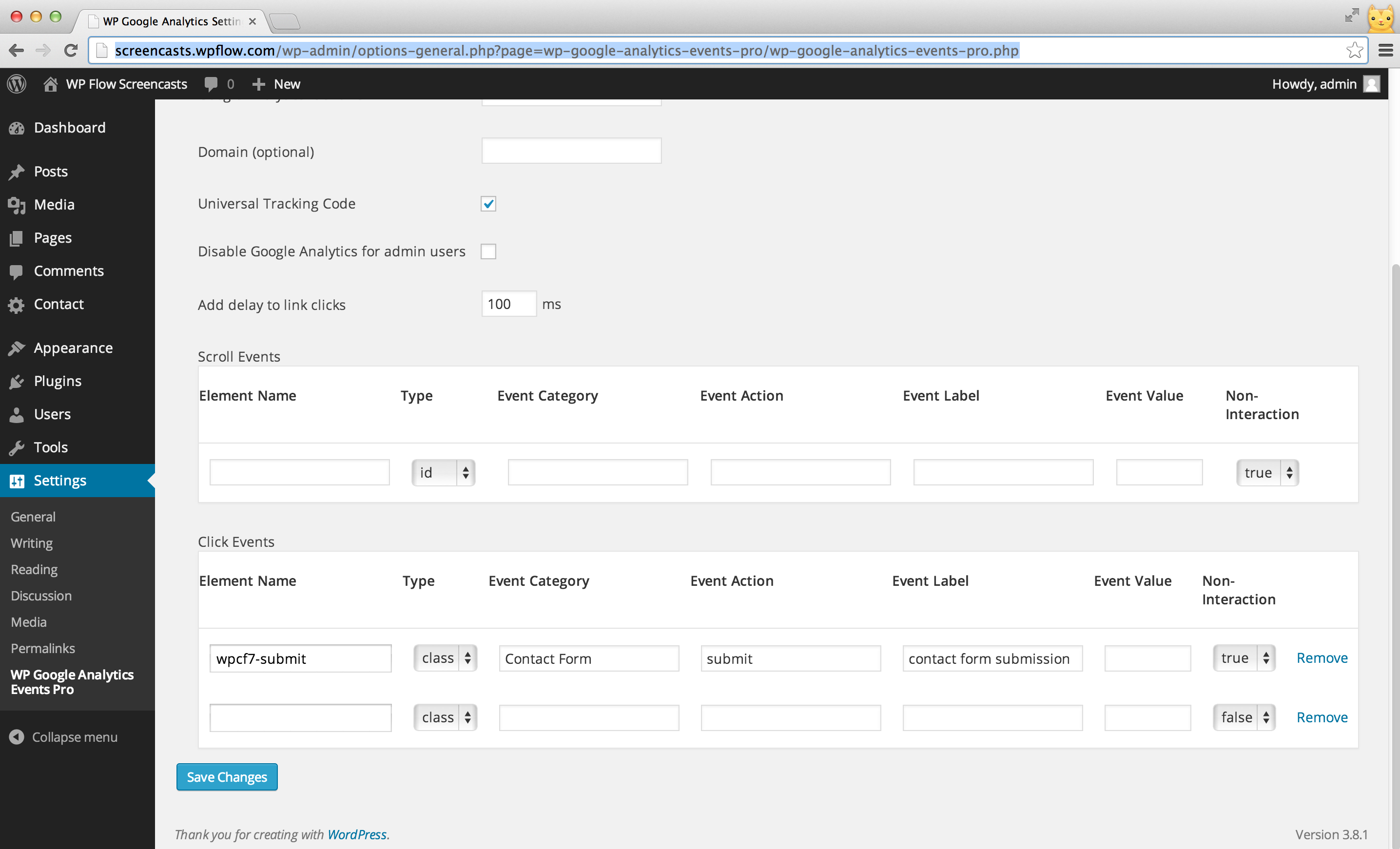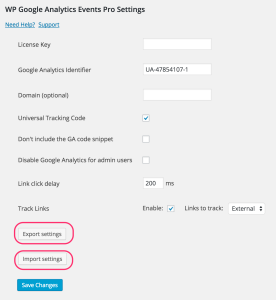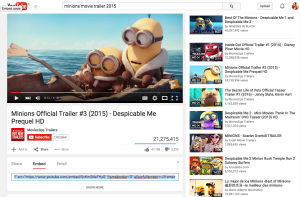Mapping out your sales process can improve your website conversion.
According to one study, online shopping is growing by 19% every year around the world.
Your business still probably makes sales in person and on the phone, but the Internet can be a sales driver in the future for getting new clients.
Back in the day, customers walked into a store, and they were greeted by welcoming staff. Door-to-door salesman brought goods to your front-step and explained how they work and why to buy them.
Now, much sales communication happens on the Internet. The initial friendly greeting, the explanation of how your product works, or what your service offers—it’s all happening online.
It’s very important to analyze your sales process well, and to convert that into your web copy effectively. The same elements of human interaction that happen in person still matter today, and with careful thought can be transmitted through your online process.
Step #1 – Write It Down
Do you know the steps in your sales process? What do you say to someone when they come to you initially? What are the benefits of your product or service?
Take a few minutes, and carefully write in detail what makes your company special. Write down the words you use when you first speak with a new customer. These phrases may be common and familiar to you, but you’ve likely developed them and honed them with much practice.
Now think about the interactions that take place between you and a customer. What questions do potential customers generally ask? Do they ask about prices? Are they interested in timelines—either for the delivery of a pizza, a custom swing-set, or another non-tangible object. Do they ask about guarantees? Putting these thought to paper will help you to address them all in your copy.
Step #2 – Document Where Traffic Comes From
You want to know the best way to present information about your business to your audience. To do this, you also need to think about how your customers find you.
Write down the ways that a new customer find you. These may include:
- Walks in door at your physical location.
- Organic traffic to your website.
- Website visit in response to an email newsletter.
- Website visit in response to receiving a flyer.
- Finds you from Facebook or another social media outlet.
- Website visit in response to a paid search campaign.
- Website visits from another referral site.
- Phone calls.
- Direct Email.
When customers come to you from each of the above channels, what specific information are they after? Someone responding to a newsletter campaign may be looking for a special deal or other featured content that you mentioned in your newsletter. If your Facebook page is driving traffic to your site, you’ll need to make sure visitors are being show the content they’re promised.
Step #3 – Map Out Customer Process
Write down the steps the customer goes through in each of the scenarios above. Your sales process might be custom tailored to each of the above channels, and that’s okay.
Customer A – “Walks in the Door”
1. Greet customer with a friendly smile.
2. Ask if they have any needs.
3. Let them know about specials.
4. Let them know why your products are such high quality & tell them about yourself.
5. Help customer find correct item.
6. Check out customer.
7. Recommend other items while checking out customer.
8. Thank customer for coming.
This whole customer sales process above can be applied to a website. Your web copy can closely imitate the initial friendly greeting and warm smile.
Tips for Turning Experience with Customer A – “Walks in the Door” into Web copy:
- Opening words in copy should convey the same warm tone you’d use with customers.
- Answer frequently asked “early questions”.
- Announce deals or specials, if applicable.
- Direct them to products page to find what they need.
- Include testimonials & company history.
- Offer live chat or other guidance.
- During checkout, recommend similar items purchased with what they need.
- After purchase, send a friendly receipt with warm thanks.
You can repeat this for each of the above scenarios. Imagine you are a customer, and try to communicate your human sales process in your online process.
Step #4 – Think About Roadblocks
In your sales process, there are also the inevitable “no’s” that you hear. Take a few steps back and ask yourself, “Why would my potential customers say “yes” or “no” at this point to my product or service.
Write down all the answers you can think of and pick the top four you think are relevant. This will give you a clear vision of which roadblocks you need to preemptively remove with your copy.
After you copy is written, ask yourself, “Does my copy effectively answer roadblock questions, turning potential “no’s” into “yes’s” for them?”
Step #5 – Make Landing Page
When you’re welcoming your customers from a variety of online channels, it makes logical sense to custom tailor your copy for them. To ensure the copy is a perfect fit, consider making landing pages. Landing pages are used to guide your potential customers into your website by presenting copy written just for them.
If your customer is coming to your site from a newsletter highlighting a special on a product, direct them to land on a page featuring that product. If you customer is coming from a referral on another website, create a landing page that targets the audience coming from that referral site. By custom tailoring a landing page for portions of your audience coming from different channels, you increase the odds that your content will be relevant.
By treating your website like an actual human salesperson, you make your website a true reflection of your brand, and you’re more compelling to your customers.
To learn more subscribe to our newsletter.
Image: Steven Depolo








